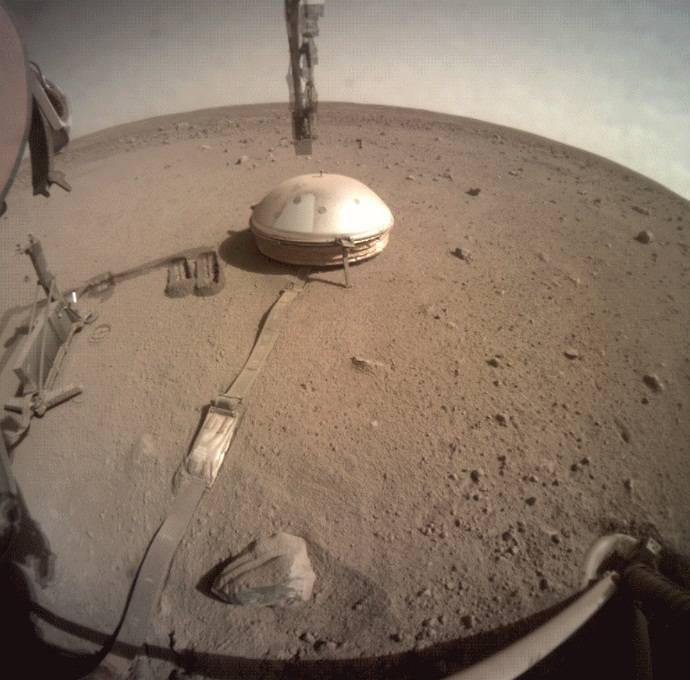It has long been believed that Mars was wet around 3 billion years ago, during the planet’s Hesperian period, then lost much of its water….reports Asian Lite News
China’s Zhurong rover has found that Mars may have had liquid water hundreds of millions of years more recently than previously thought.
It has long been believed that Mars was wet around 3 billion years ago, during the planet’s Hesperian period, then lost much of its water.
But the new study, published in the journal Science Advances, presents evidence of water activity from just 700 million years ago, well into the current Amazonian period, Space.com reported. The Amazonian period was previously thought to be dry.
Scientists from the National Space Science Center (NSSC) under the Chinese Academy of Sciences (CAS) analysed data from three different instruments on Zhurong: the laser-induced breakdown spectrometer (MarSCoDe), the telescopic microimaging camera, and the short-wave infrared spectrometer.
China’s Zhurong rover is part of the Tianwen-1 mission which touched down in southern Utopia Planitia on Mars in May 2021. The team used data the rover gathered during its first 92 Martian days, or sols, at its landing site in Utopia Planitia.
The team identified “hydrated sulfate/silica materials on the Amazonian terrain at the landing site”, the researchers wrote in the paper.
These hydrated minerals are associated with bright-toned rocks, interpreted to be duricrust developed locally. The lithified duricrusts suggest that formation with substantial liquid water originates by either groundwater rising or subsurface ice melting, the team said.
“In situ evidence for aqueous activities identified at Zhurong’s landing site indicates a more active Amazonian hydrosphere for Mars than previously thought,” the team wrote.
The findings have also led researchers to speculate that Mars may have gone through cycles of climate, changing from wet to warm, and dry to cold, instead of undergoing a single dramatic shift.
“The Zhurong landing site (and the northern lowlands) may contain a considerable amount of accessible water in the form of hydrated minerals and possibly ground ice for in situ resource utilisation for future human Mars exploration,” the team said.
Zhurong has now covered about 2 km during its more than 350 Martian days, and has analysed a range of features on its travels, meaning more new Martian insights are likely still to come from the rover, the report said

Leave a Reply